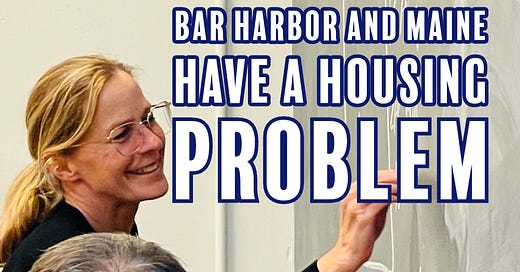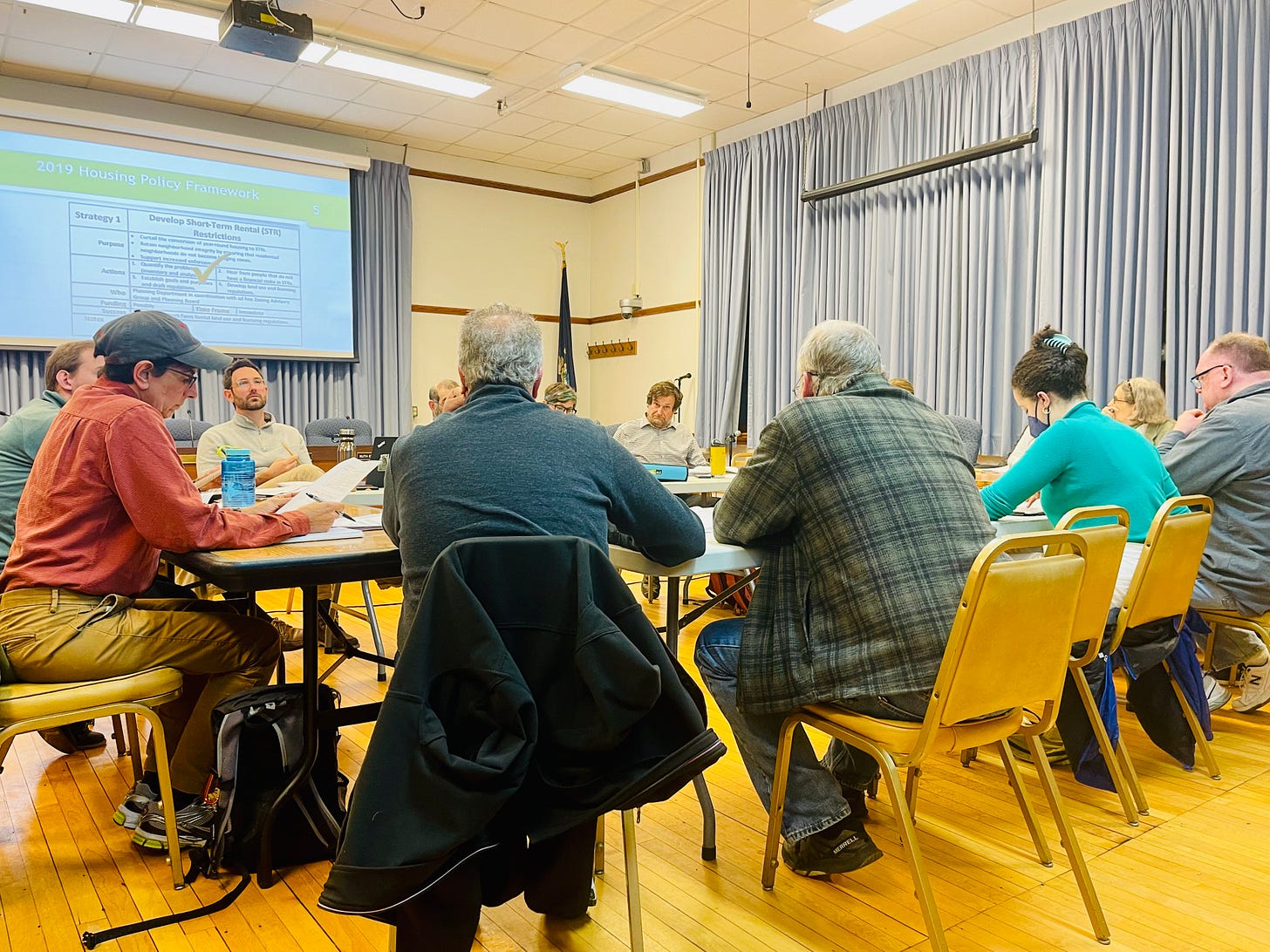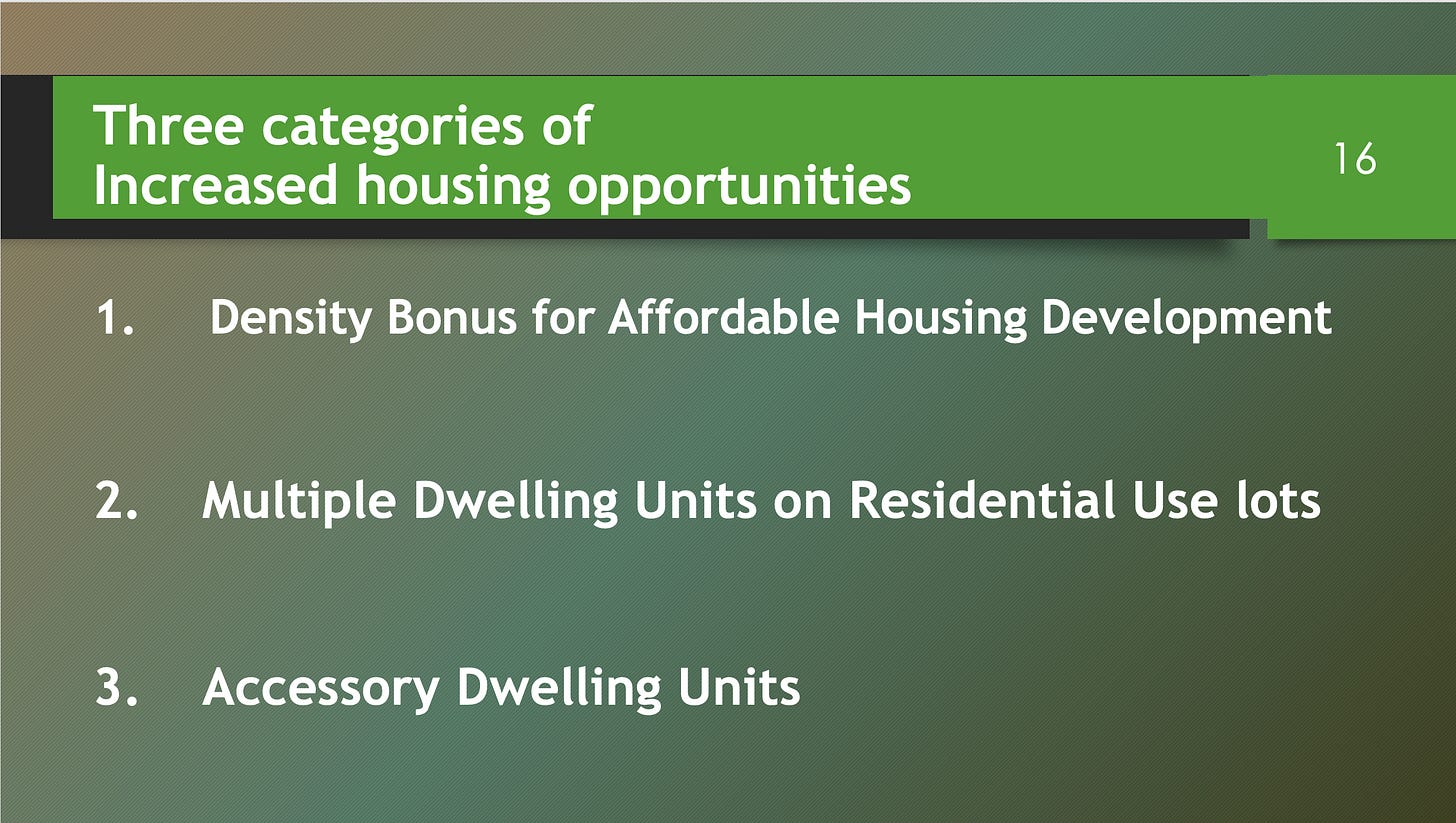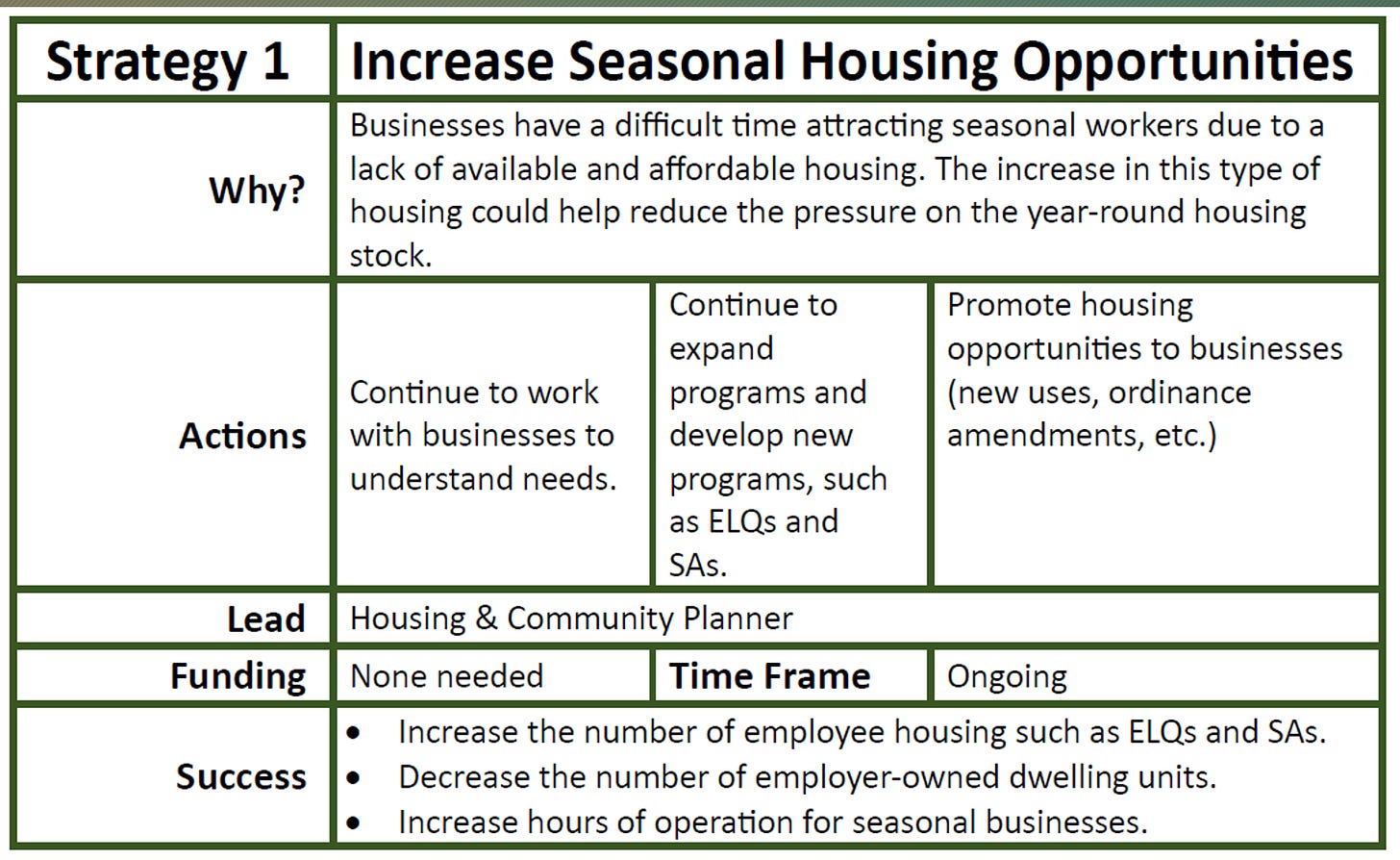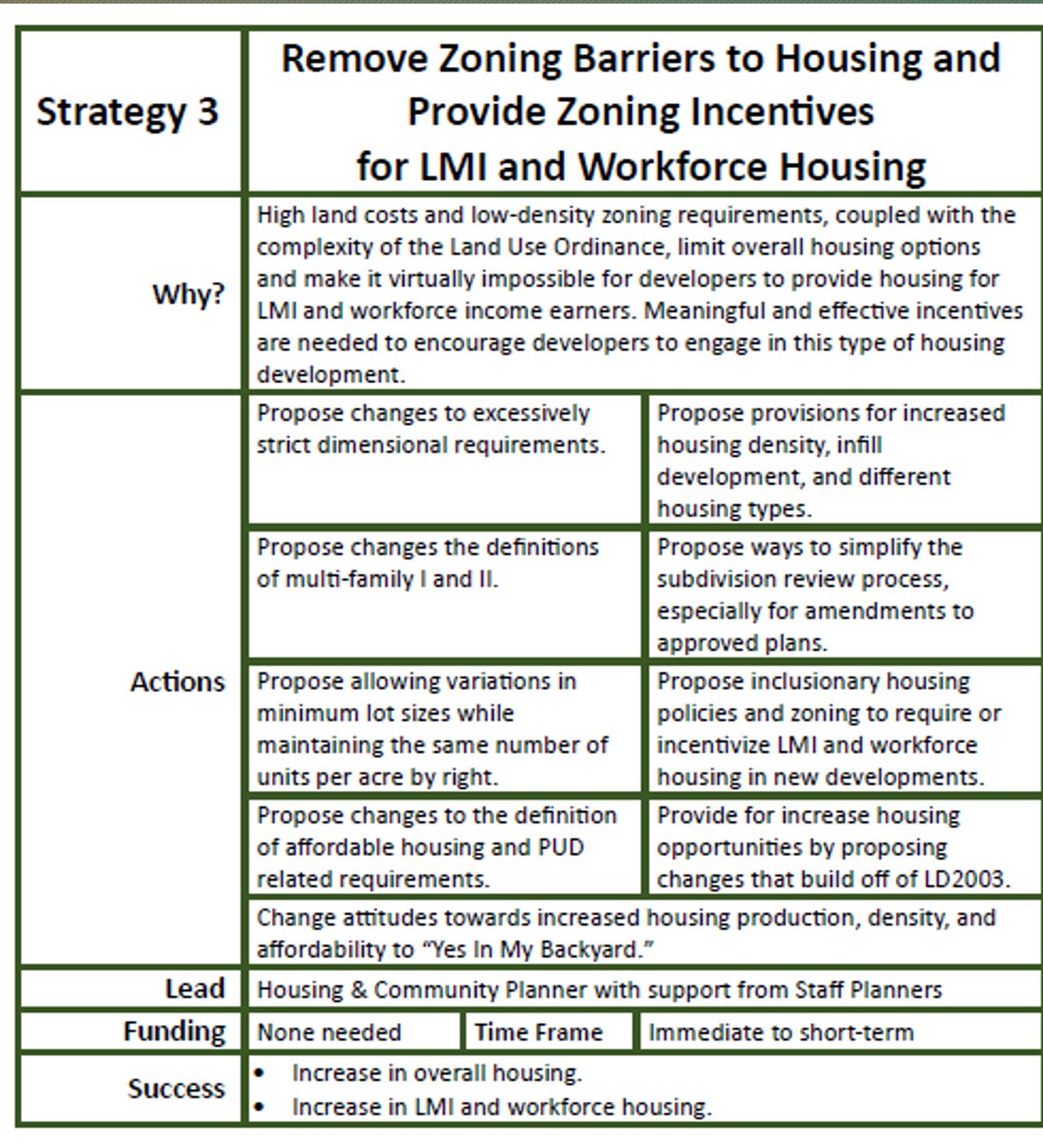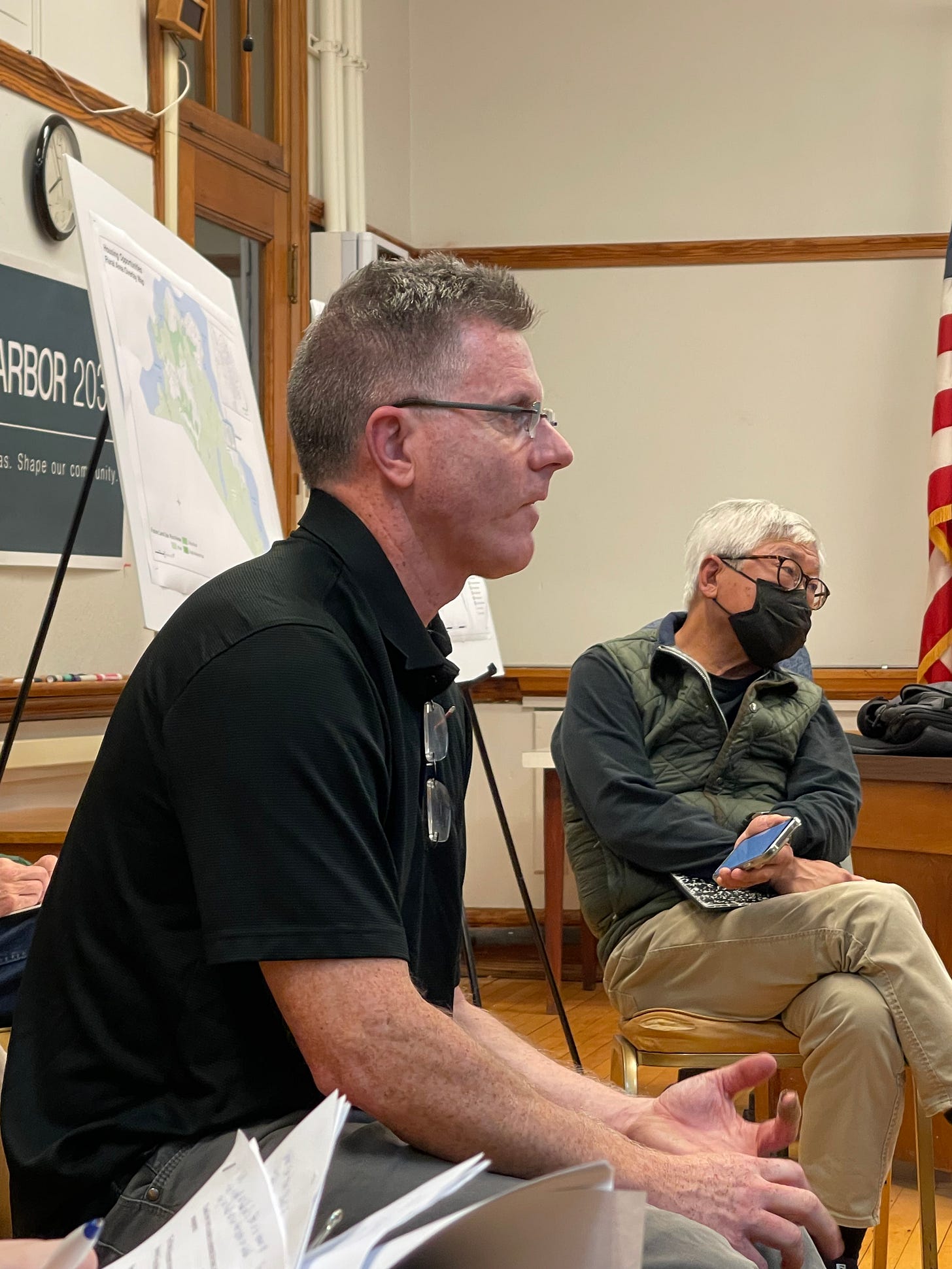Bar Harbor and Maine Have a Housing Problem
Town Workshop Delves Into Work Done, Work Still To Do
BAR HARBOR—Housing in Maine used to be affordable. Now it’s not. Bar Harbor? Same thing.
Last week, the state released the “State of Maine Housing Production Needs Study,” which found that the Maine housing market “changed in the years leading up to the pandemic and has worsened since 2020.”
The report says that part of the issue is Maine’s aging housing. Existing homes sit vacant throughout the state, it says, not just because of seasonal rentals or second home status, but because the homes are old and need reinvestment.
A recent Bangor Daily News article by Zara Norman reads,
”Average home values are expected to increase by 4.7 percent or more in more than 140 Maine towns and cities by August next year, according to housing data from Zillow.”
Costs are expected to go up throughout the state.
Also, people find it harder and harder to age in place, to live in the towns they worked in. This is also true for Bar Harbor.
Councilor Kyle Shank created graphs to show the percentage of population by income in Bar Harbor and how that has changed since 2017.
And also the median gross rent for a three bedroom dwelling in Hancock County and in Bar Harbor.
How many homes does Bar Harbor need? Hancock County? Maine? And how do communities get there? A lot. And it’s complicated. But the town and the state and nonprofits are moving forward, hoping to create solutions.
It’s a complex problem that’s not likely to be solved with one strategy or one workshop, and it has been in the front of the Bar Harbor government for years now. That focus continued at a Bar Harbor Town Council and Planning Board joint workshop Tuesday night.
Bar Harbor Planning Director Michele Gagnon said that housing prices and looking into making housing available across income types is important to keep people in higher income brackets from buying middle-income housing, which then makes those people buy lower-income housing or live in rentals. In order for the community to thrive, she said, it needs to have workers who aren’t priced out.
From data Gagnon and the Comprehensive Planning Committee collected last fall, it's estimated that the town needs over 522 rental units and 94 owner-occupied units in the next 10 years.
The state also approached the housing situation by taking an initial step toward understanding how many homes are needed and will be. The state report stressed that “addressing housing supply challenges in Maine will require a comprehensive approach that considers both the local regulatory changes needed to increase housing supply through new construction and the funding needed to reinvest in Maine’s aging homes and create new homes that are affordable.”
The state report also says that barriers such as the actual capacity of the construction industry to build residences (are there enough builders and contractors?), the environmental challenges (are the wetlands prohibiting building?), and building costs and supply availability (the cost of wood, concrete, sheetrock, wiring) all have to be looked into.
The report said that homes are hard to find and are less affordable than they used to be. And this is partially because of Maine’s population aging out of the workforce, in-migration that occurred suddenly during the COVID-19 pandemic, a low rate of building homes and apartments, aging housing stock, and high demand for seasonal homes.
THE WORKSHOP
Planning Director Michele Gagnon led the joint workshop of the Town Council and Planning Board Tuesday night as the group began a discussion on housing and tourism. The workshop was open to the public but not streamed and occurred in the Council Chambers in the town’s municipal building.
The meeting workshop, Town Council Chair Valerie Peacock said, came out of conversations with the Town Council about a potential transient accommodations moratorium. That specifically was not discussed much in the two-hour long meeting, where Gagnon gave multiple presentations about the town’s past “Housing Policy Framework,” and presented a draft new “Housing Policy Framework.” That framework would have to be approved by the Town Council.
The six-page draft framework document is modeled like the original but has new and updated strategies to “support Bar Harbor’s workforce and economy by having available, safe and affordable housing for people that desire to live here because they work here, they want to raise a family here, they want to stay here as they age, and for the community to prosper.”
The draft is updated partially because many of the strategies in the last framework have been accomplished or are in process.
Housing and Community Planner Cali Martinez, Code Enforcement Officer Angie Chamberlain, and Assistant Code Enforcement Officer Mike Gurtler also attended.
“We are going to have to meet a lot,” she said of the council, board, and staff, and she predicted this was the beginning of the process. Information about tourism is meant to elicit conversation.
LD2003
Gagnon began by talking about the state’s affordable housing law, LD2003, which she said creates three categories of increased housing opportunities.
“It’s the first step to a significant change to the housing picture in Bar Harbor,” Gagnon said, explaining LD 2003 was not allowing municipalities to be more strict than the state when it came to aspects of land use development, but more permissive.
The state’s report explains that “LD2003 requires municipalities to permit a wider range of housing types and commits state financial and technical assistance.” It also is meant to be a “data-informed approach to measuring regional and statewide housing production.”
There are three categories of opportunities, she said.
She gave a rundown for the 2022 Housing Analysis, an 86-page document released in December 2022 as an early step in the Comprehensive Plan’s process.
HOW LONG DOES IT TAKE TO CHANGE THE RULES IN BAR HARBOR?
It takes at least 6 months for ordinances to go through the process of being written to be on the town ballot for approval or disapproval. Voters must approve or vote against land use ordinance amendments. To get on the ballet, those amendments must go through the Town Council, Planning Board, or Citizen’s Initiative. The town’s Warrant Committee also reviews them and on the ballot states whether it recommends the change or not.
HOW LONG DOES IT TAKE TO BUILD IN BAR HARBOR?
One of the issues for building in Bar Harbor is the time that it takes for projects to go through the Bar Harbor Planning Board. After whatever time the project’s developers have formulating the plan, the process can take 6-9 months depending on the scope of the project. Sometimes, it can take more. If the rules of development (land use ordinance) changes during that process, it can complicate that timeline and approval even more.
The amendment has to be ready six months ahead of the ballot vote. For example, it would need to be written by November 27, 2023 to be on the June 2024 ballot.
During that time period, there are two town-wide mailings though the state only requires one. There is also back and forth between Planning Board, Town Council, Warrant Committee, General Governance Sub-Committee, and joint meetings about the changes.
Gagnon said that the town attorney has ruled that changes to the process can occur during that time, which is why there are public hearings. She said that ruling came because of past lawsuits and citizen expectations.
There is a six-month minimum for a subdivision plan process.
“It takes time to realize,” Gagnon said. “There is a lot to every process. It takes time to do housing.”
DRAFT HOUSING POLICY FRAMEWORK
The new housing strategy framework has six strategies.
Those are:
Increase seasonal housing opportunities
Develop housing targets
Remove zoning barriers to housing and provide zoning incentives for low and moderate means earners (50% to 130% of the area median income—LMI) and workforce housing
Facilitate and support retention and creation of LMI and workforce housing
Collaborate with the Acadia Region
Improve rental conditions
“We’re really trying to tailor what we’re writing” to what is happening out there, Gagnon said.
A big part of that is developing housing targets.
“Before you take actions there’s a value to make sure it’s going to work,” Gagnon said. This is why Martinez and Chamberlain have had past and upcoming listening sessions with the public.
Strategies like “removing zoning barriers to housing and providing zoning incentives for low and moderate income people” are complicated. That is defined as earners of 50% to 120% of the area’s median income.
“It’s just not going to happen by itself,” Gagnon said.
She went to the chalkboard on the back wall to show how development in Bar Harbor is complicated by ledges and wetlands, required buffering and regulations. She showed how a housing developer trying to make home lots in a 12-acre space has to go through convoluted distortions to create housing lots. She said a developer is lucky to get three lots in a 12-acre square because of the rules about the lack of variations in minimum lot size. Housing developers, she said, are lucky to get three lots in a 12-acre space. To do that, the developer often has to make longer roads and impervious surfaces.
“You are impacting yourself every which way in Bar Harbor,” she said of the town’s land use, yet the town prides itself on conservation.
Unlike many other places, she said, Bar Harbor regulates two-acre wetlands. “It is just really difficult.”
She then explained that if there was variation in minimum lot sizes while maintaining the same number of houses per acre by right, that same 12-acre property could have six lots of .5 acres and conserve the rest. That way, she said, “you didn’t impact your resources.”
Gagnon said that the housing crisis has been brewing for decades. She said it would take a while to catch up. Being pro-housing means to accept changes. She’s not saying to hurt character, she said, but is important to find a way to promote housing in the town.
DISCUSSION
After Gagnon spoke for an hour, Planning Board Chair Millard Dority said it was a great presentation and appreciated that it showed how cumbersome the development can be. He asked how to gain trust of townspeople so that land use amendments can pass since they must pass by the voters to be enacted.
“It’s very difficult to make minor changes,” he said.
Gagnon said that the other aspect is that the town can’t have too many balls in the air.
Brechlin said he would prefer that there is diffuse and wide encouragement for 200 people to add an apartment to their lots rather than have a 200-person building added. “Everyone believes that you can’t build anything in this town, so they give up.” And, he added, people think it’s difficult to go through the process.
Councilor Maya Caines said she really wanted to start tapping into buildings that already exist and incentivize people using unoccupied spaces. She thinks there are plenty of things that can be built upon and used for the community rather than building more. She also spoke to potentially look into lowering the 9% cap on short-term rentals, disincentivizing rentals, or creating a fee structure where property owners with multiple short-term rentals pay more than those with just one.
Former Planning Board Chair Tom St. Germain said that the land use ordinance’s cumbersome nature is a disincentive. He wasn’t sure construction was even feasible right now because of construction costs, land costs, and impact fees.
Density bonuses worked well with the employee living quarters and shared accommodations changes, he said, and that model should be proposed for housing. He also suggested giving incentives to greater height capabilities or residences, expanded lot coverage, and to look at the restrictive aspects of the town’s area per family requirements.
The MDI YWCA has spoken of potentially having housing at Hamilton Station. St. Germain said the current lot coverage there is 25%. Gagnon said another issue is that some lots are in five or more zones, which complicates development and restrictions even further.
Planning Board Secretary Elissa Chesler said that relaxing standards isn’t an incentive, but it does make things easier. The question becomes how do you incentivize building. Shank said that none of those assembled had the ability to influence the price of lumber or labor, but could impact the local economy by what the town chooses to give incentives or disincentives to.
Councilor Joe Minutolo said that a lot of small improvements, like Brechlin suggested, is a good idea, as is creating a housing fund. Councilor Gary Friedmann also mentioned impact fees.
The discussion is expected to continue. Tonight the Comprehensive Planning Committee will hold a workshop at Bar Harbor Municipal Building in Council Chambers from 6-8 with the Planning Board about its goals. Many of those goals deal with housing.
That meeting can be streamed here.
The packet for that Comprehensive Plan meeting is here.
All green images are from Gagnon’s presentation


